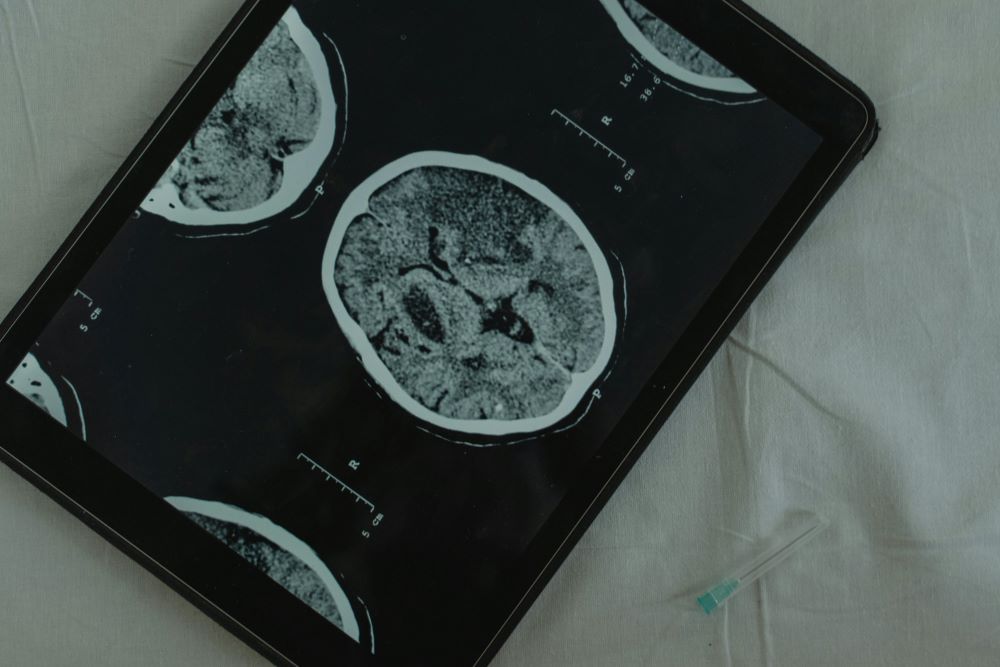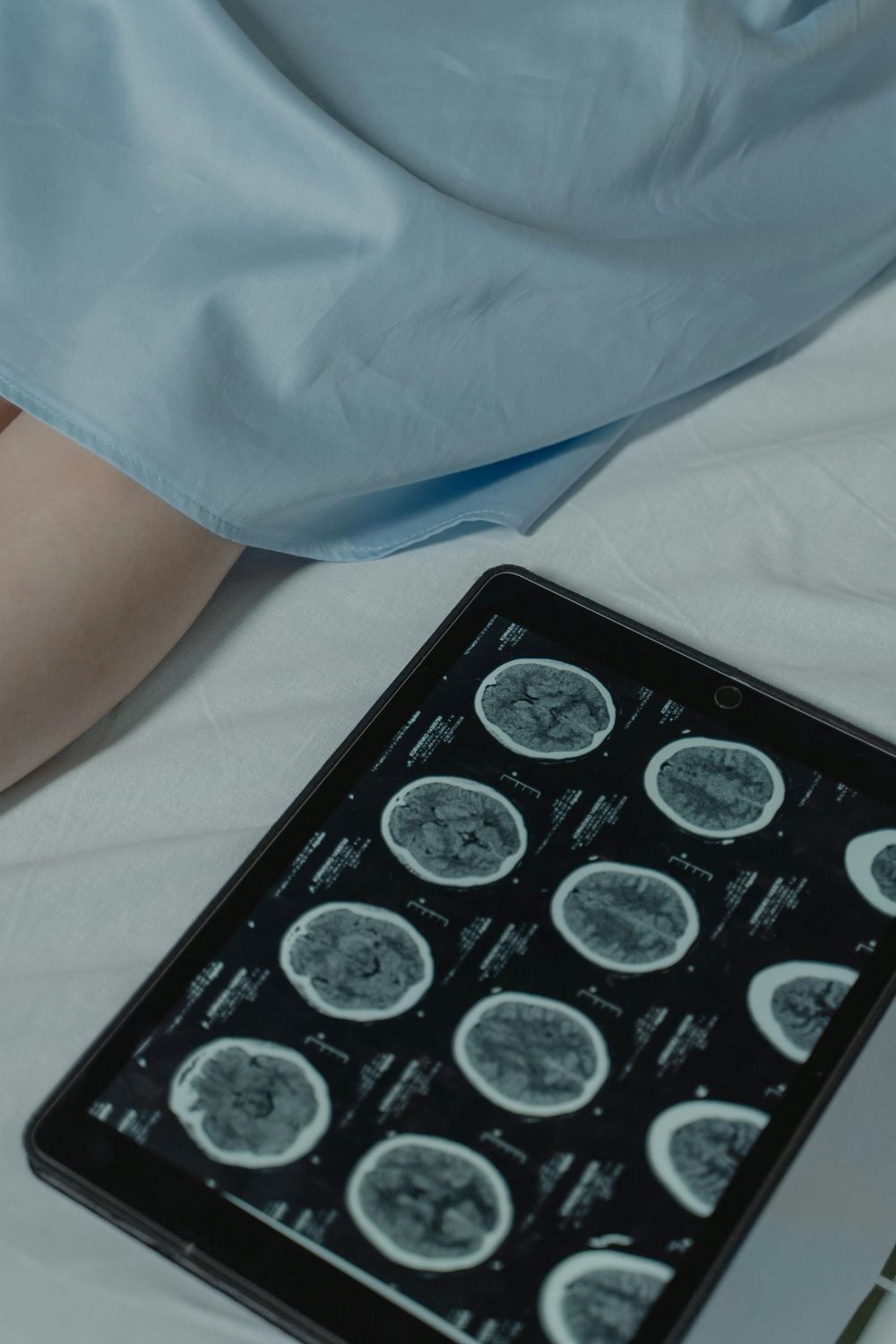A lack of grey matter in the mind has been shown to be a factor leading to several mental illness.
In a significant stride toward understanding early 0nset psychosis (EOP), the Institute of Psychiatry, Psychology & Neuroscience (IoPPN) has conducted the most extensive brain imaging study on this condition to date.
Published in the Molecular Psychiatry journal, the research discusses a compelling link between the amount of grey matter found in your brain and EOP, setting it apart from other mental health disorders. This groundbreaking study not only sheds light on the neurobiological underpinnings of EOP but also holds the potential to reshape how the condition is diagnosed and treated.
Early onset psychosis poses a distinct challenge, manifesting psychotic symptoms before the age of 18 during a crucial period of brain development. Unlike later onset psychosis, EOP often leads to severe and enduring symptoms that exhibit a less responsive nature to conventional treatments.
However, despite its significant impact, research into EOP has been constrained by small sample sizes and limited statistical power. To overcome these constraints, the study engaged in a collaborative effort, bringing together brain scans of different people from multiple countries and regions, including several countries. These included:
- Norway,
- Spain,
- Canada,
- Italy,
- Australia, and
- The UK.
The expansive sample, consisting of 482 people suffering from EOP and 469 healthy controls, facilitated an in-depth analysis of grey matter volume across diverse brain regions.

The study’s findings revealed a distinctive pattern of reduced grey matter volume across nearly all brain regions in individuals with EOP. This sets EOP apart from other psychiatric conditions, indicating that the condition might have specific neurobiological markers. Notably, the left median cingulate, a region linked to emotions, learning, and memory, showed a particularly significant impact.
Further analysis of the data uncovered a nuanced relationship between the age of onset and the structural changes in the brain. Individuals with a later onset of EOP exhibited lower grey matter volumes in specific brain regions compared to those with an earlier onset. This insight suggests that the timing of EOP onset may influence the neurodevelopmental trajectory and structural alterations in the brain.
The senior author of the study emphasized the possible consequences of the research. Indicated as the most extensive neuroimaging analysis of EOP up to the present, this investigation employed recently developed technologies to integrate scans from diverse locations. This process aimed to scrutinize numerous data points, measuring the overall volume within a human brain.
The study not only identified lower grey matter volume in EOP but also proposed a nuanced relationship between the age of onset and brain structure. Individuals with a later onset exhibited lower grey matter volumes in specific brain regions compared to those with an earlier onset.
The inaugural author of the study emphasized the significance of the research, stating that the study, which is the biggest neuroimaging analysis ever conducted for EOP to date, employed recently developed technologies to integrate scans from various locations. This allowed the examination of hundreds of thousands of data points measuring volume in the brain.
The comprehensive insights generated by this study pave the way for future research, positioning the detailed brain mapping as a potential diagnostic tool and a means to assess treatment effectiveness for individuals with EOP.
In conclusion, this groundbreaking study not only enhances our understanding of the neurobiological underpinnings of EOP but also opens avenues for more targeted and effective interventions. The implications stretch beyond diagnosis, offering hope for personalized treatment plans that consider the unique neurodevelopmental aspects of individuals with early onset psychosis.
Sources:
Reduced Brain Grey Matter Linked to Early Onset Psychosis
Volume of grey brain matter significantly lower in people with Early Onset Psychosis


Join the conversation!